Compression clothing comes in a variety of forms and colours – from socks and arm sleeves to shorts, tights and T-shirts. Suitable for men and women, it’s worn by athletes and hard-training exercisers alike although many wear it more for fashion than any performance benefit. While compression clothing is not the miracle that many wearers are hoping for, wearing compression garments may be of benefit to some exercisers…
- Compression clothing helps keep you warm Because it fits snugly, compression clothing traps a layer of air close to your skin which is then warmed by your body and acts as an additional layer of insulation. This is very useful is you have an old injury that benefits from added warmth or you are involved in a start/stop activity such as sprint training or weight training and want to avoid getting cold between efforts. Compression clothing is also highly wicking which means that it directs perspiration out and away from your skin for easy evaporation so you stay dry despite sweating.
- Compression clothing provides joint support Training hard can leave your joints feeling sore and susceptible to injury. This is especially true of your hips, knees and shoulders. Compression clothing offers a modicum of support which, combined with the increased warmth around the suspect area, may allow you to train around joint discomfort. Squats and bench presses, for example, can be hard on your hips and shoulders respectively but these joints are all but impossible to protect with traditional forms of athletic support like elasticated wraps. Compression clothing is the only realistic way to provide support to hips and shoulders.
- Compression clothing may increase strength and power (1) Hilton’s law states that the same nerves that supply your skin also supply the underlying muscles and that stimulating those nerves can help improve the strength of muscle contractions. Because compression clothing is snug, you will be able to feel it against your skin which means that the muscles underneath will be better activated. A compression T-shirt will help improve the function of your chest, shoulders and triceps which can lead to a better bench press while compression shorts or tights will help improve the function of your glutes, hamstrings and quadriceps which can lead to improved sprinting and jumping performance. Improvements may be very slight but any increase in performance is worth pursuing.
- Compression clothing may increase strength and power (2) Compression clothing provides a small but significant “bounce” out of extended joint positions e.g. at the bottom of a bench press or squat or as you extend your leg out while sprinting. This allows you to train harder or heavier than normal which will expose your muscles to more resistance and which will, in turn, result in improved performance. The newer and stiffer your compression garment is, the more noticeable this benefit will be. Some compression garments have inflexible strips or seams built in along specific stress lines to further enhance this bounce affect.
- Compression clothing can reduce fatigue Research suggests that compression clothing can help increase the rate of blood lactate removal which will not only reduce fatigue during exercise but will also enhance recovery after. Some studies show that wearing compression clothing can also reduce DOMS – short for the delayed onset muscle soreness that many exercisers experience after hard workouts. In addition, compression garments cut down on unwanted muscle vibrations which, scientists suggest, may also contribute to fatigue. If you are an endurance athlete, it seems that compression clothing may allow you to train longer and more frequently.
- Compression clothing makes you feel secure Under Armour, one of the leading manufacturers of compression clothing, is aptly named. Putting on compression clothing provides an almost indescribable sensation of security and protection. This is in part due to the aforementioned Hilton’s law and also the support provided by these garments. Compression garments provide a unique sensation that is both comforting and signals that it’s time to work out.
The snug fit of compression clothing is also one of the reasons some exercisers are completely turned off by this type of workout garment. Wearing compression clothing is akin to exercising in the nude and leaves very little to the imagination! Of course, this is easily remedied by wearing your regular workout clothes over your compression garments. That way you can experience all of the benefits of compression clothing without looking like an exhibitionist recently wrapped in Clingfilm.
If you are looking for an edge in your training or competitions, consider trying some compression clothing. I won’t squat or sprint without my trusty compression shorts and several years of being injury free means that I will continue to wear them albeit under my regular workout shorts.

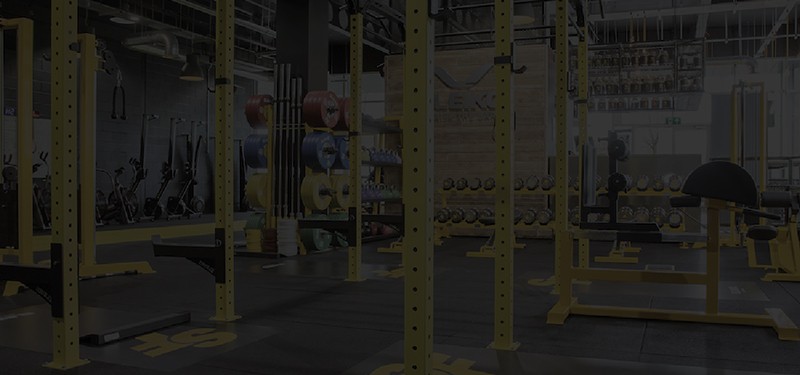
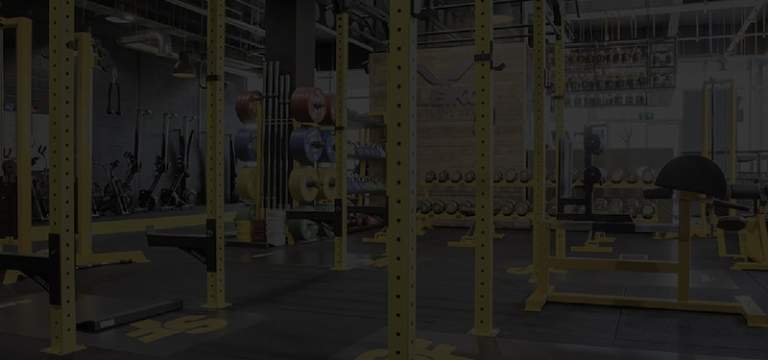

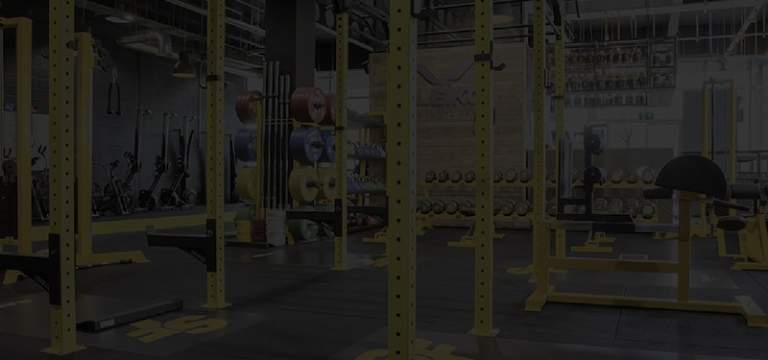

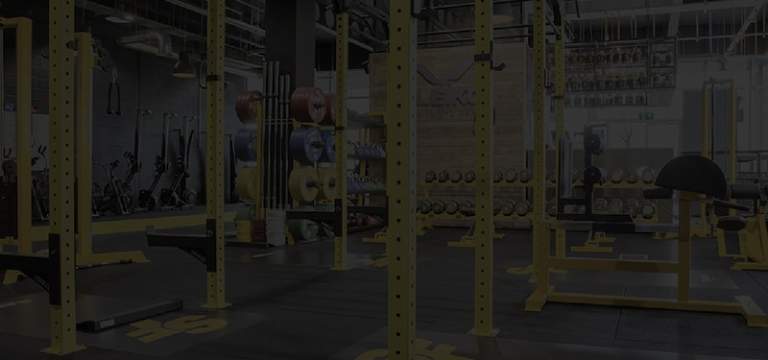

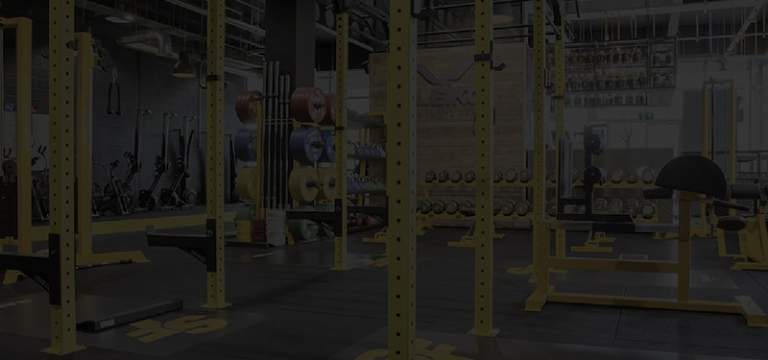

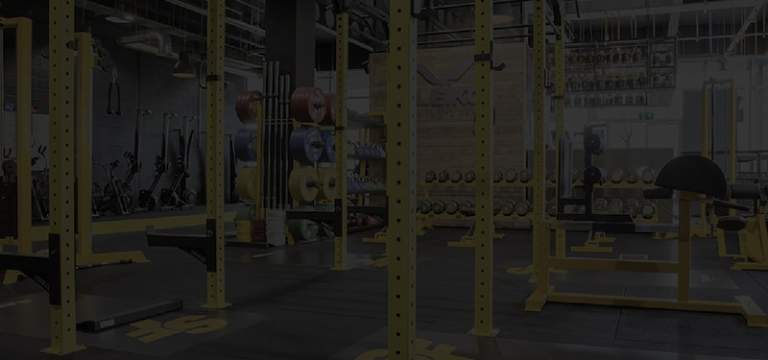
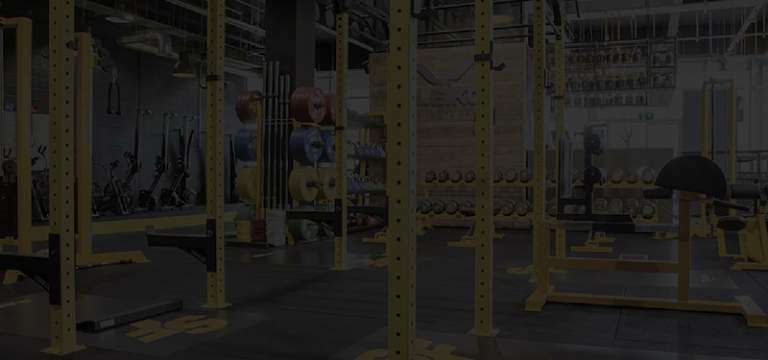
2 Comments
Comments are closed.